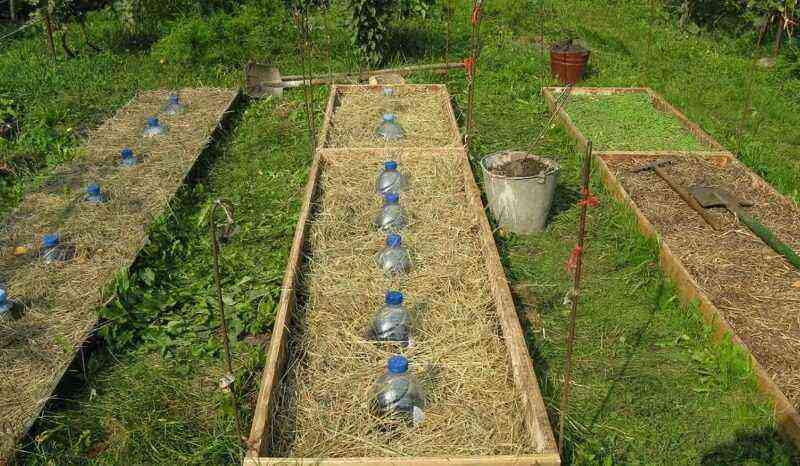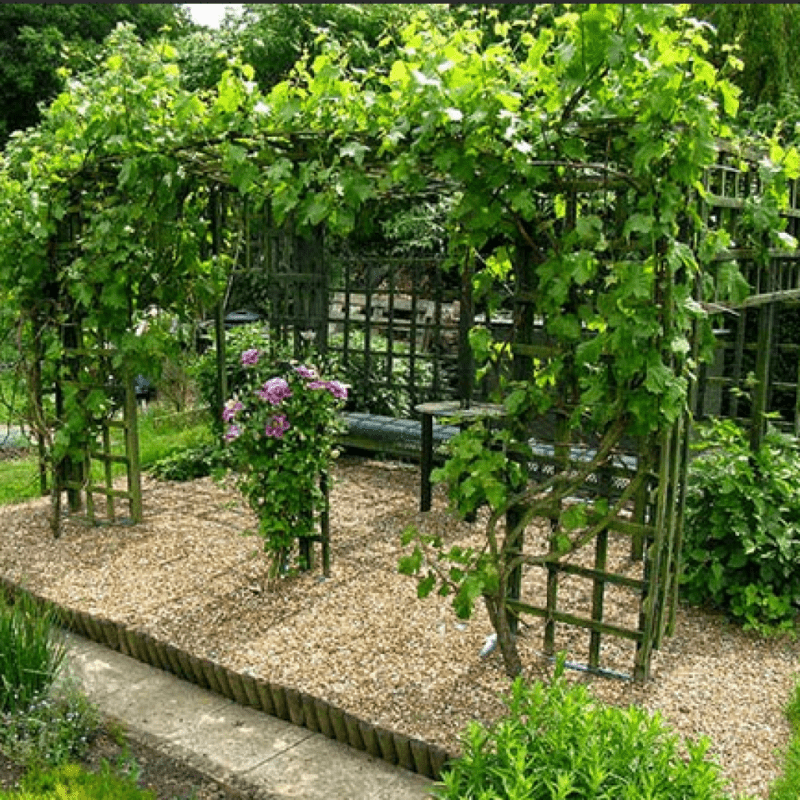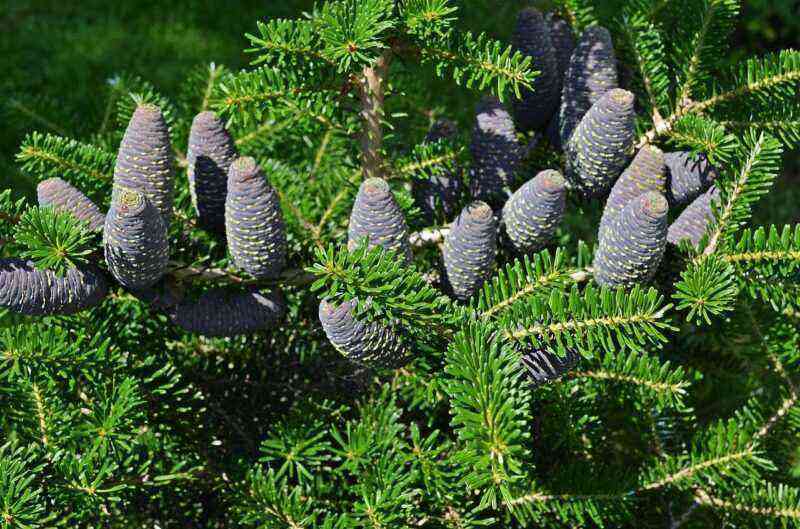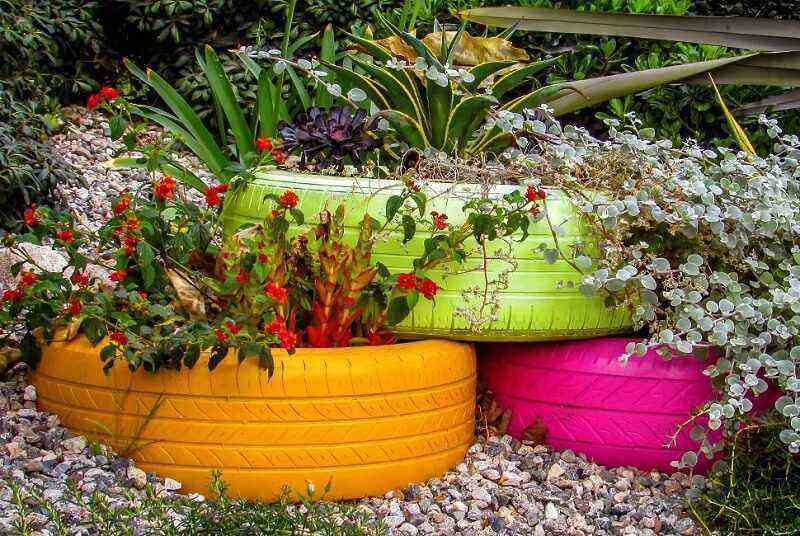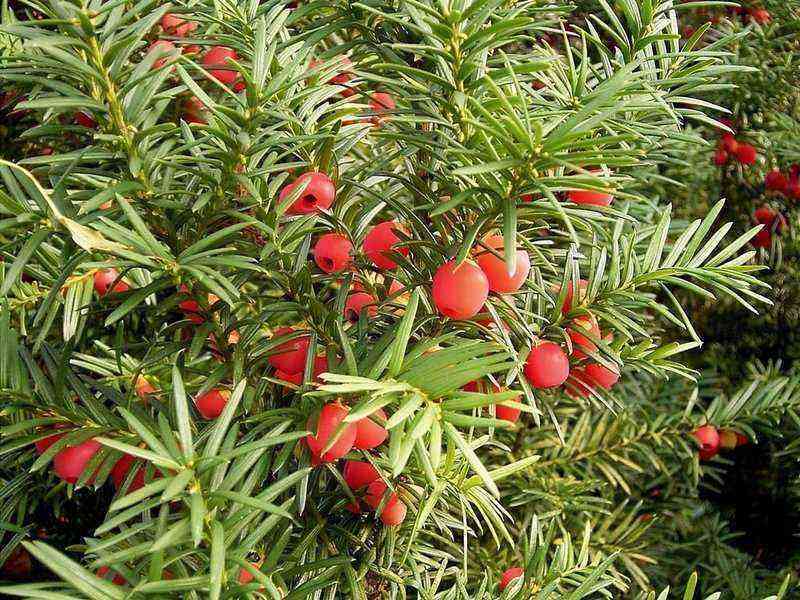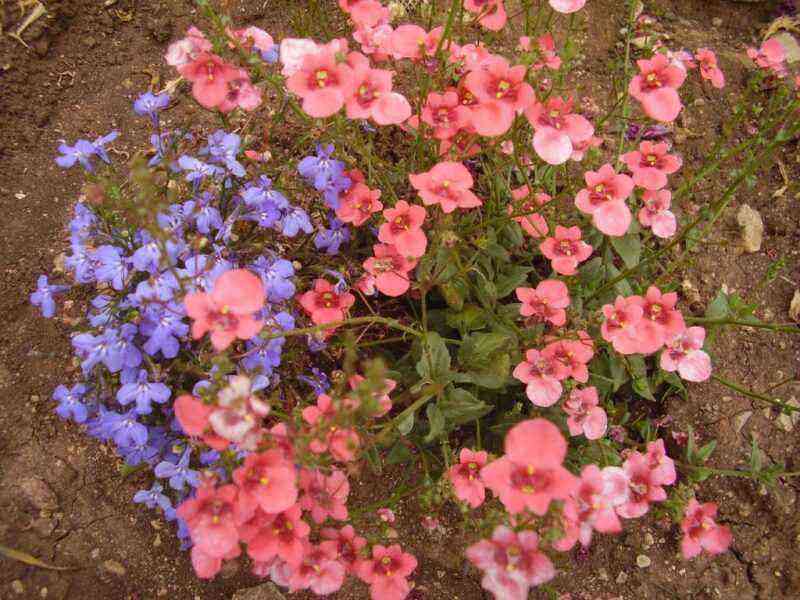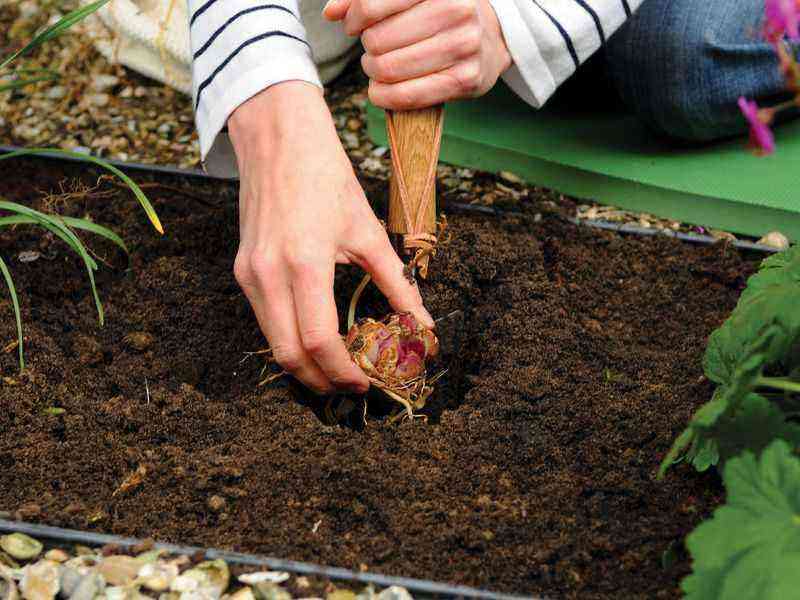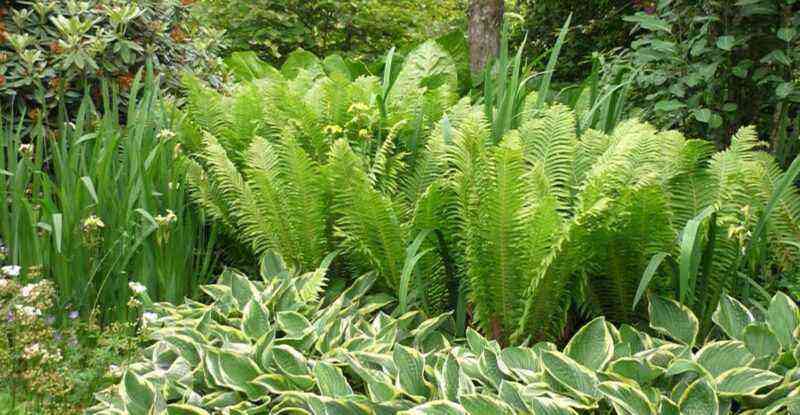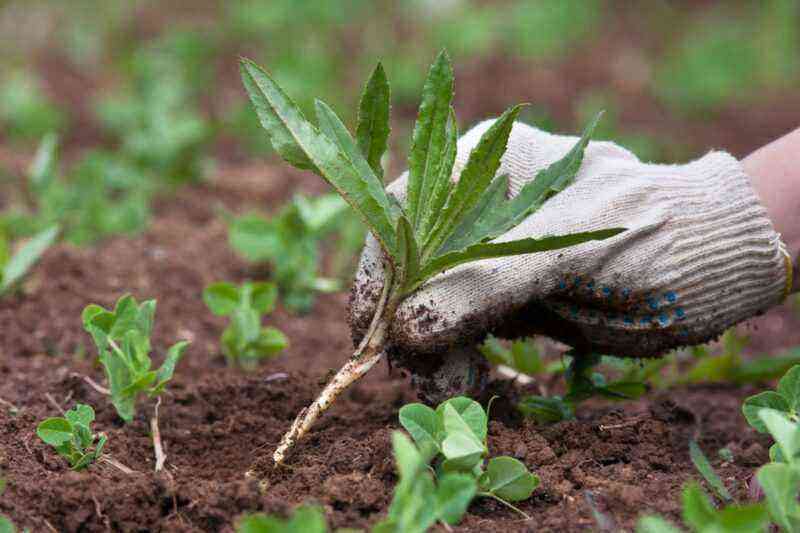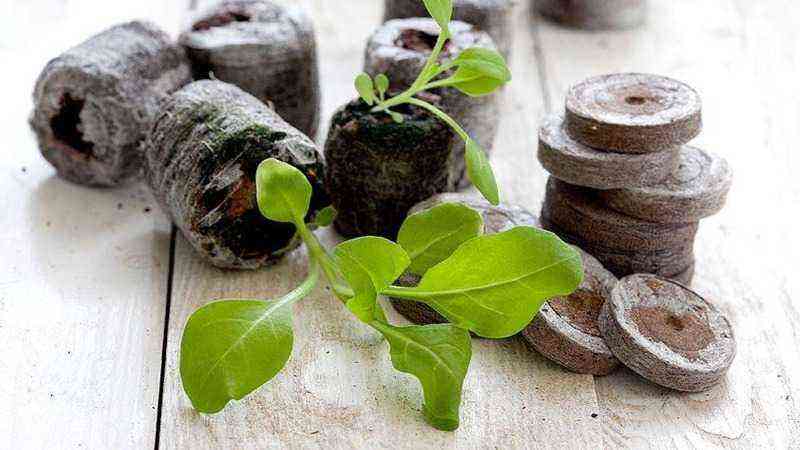Not only the zeal of the summer resident determines the quality of the future harvest. It largely depends on the composition of the soil. And it can be determined without special tests and laboratory studies.
Weeds
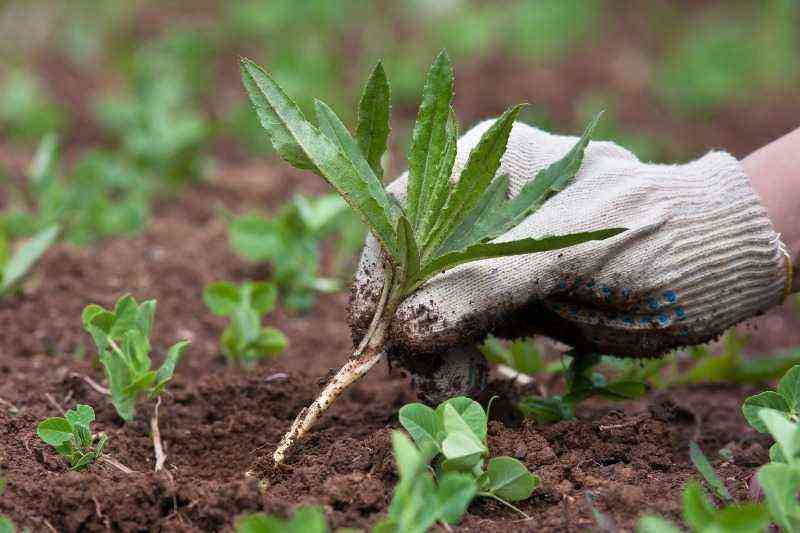
These or those weeds grow throughout the site for a reason. Just like cultivated plants, they prefer a certain type of land. By what weeds are on the site, you can determine its type.
So the presence of clover indicates that there is not enough nitrogen in the soil. And quinoa, buttercup and elderberry, on the contrary, indicate a high content of nitrogen, mustard – phosphorus.
On fertile areas, runny, nettle, creeping buttercup, plantain and dandelion settle. At the same time, plantain prefers dry soil, and buttercup moist clay. Where nettles grow, the earth is loose and saturated with organic matter.
In places with medium acidity, fern, poisonous buttercup, cornflower and spurge are often found. A neutral environment is preferred by sweet clover, chamomile and wild radish. But alkaline soils like poppy, white dope and tenacious.
Water
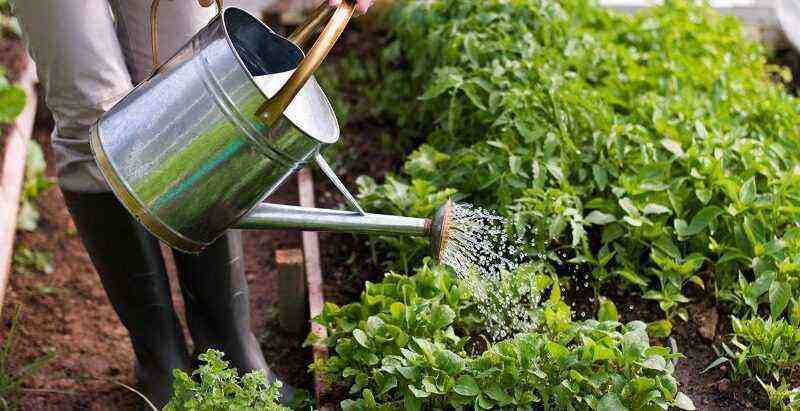
The structure of fertile soil should be uniform, grainy or with small lumps. Thanks to this, air and water penetrate as deeply as possible, which is important for the root system of plants.
To check how well the soil is saturated with water, you need to take a handful of earth and moisten it well. A high quality soil will absorb and retain liquid. In this case, the plants will receive the required amount of liquid.
And if the earth dries up quickly, then its quality is not very good. As a result, it will have to be watered frequently and abundantly.
Earthworms
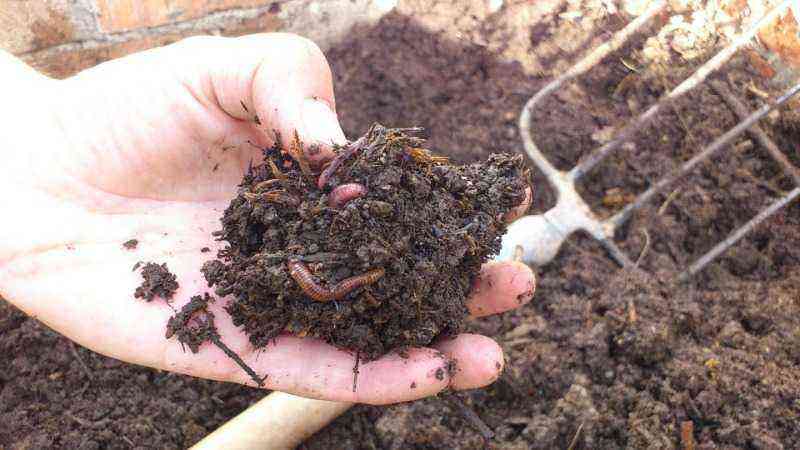
Worms create humus in the soil, they feed on bacteria, fungi and algae. Where they live, the earth is rich in organic matter, the pathogenic microflora in it is suppressed as much as possible. This increases yields and reduces the risk of plant diseases.
Moving in the ground, worms create walkers, thanks to which the soil is mixed, saturated with oxygen and moisture. It also has a beneficial effect on the growth and development of plants.
Vinegar and soda
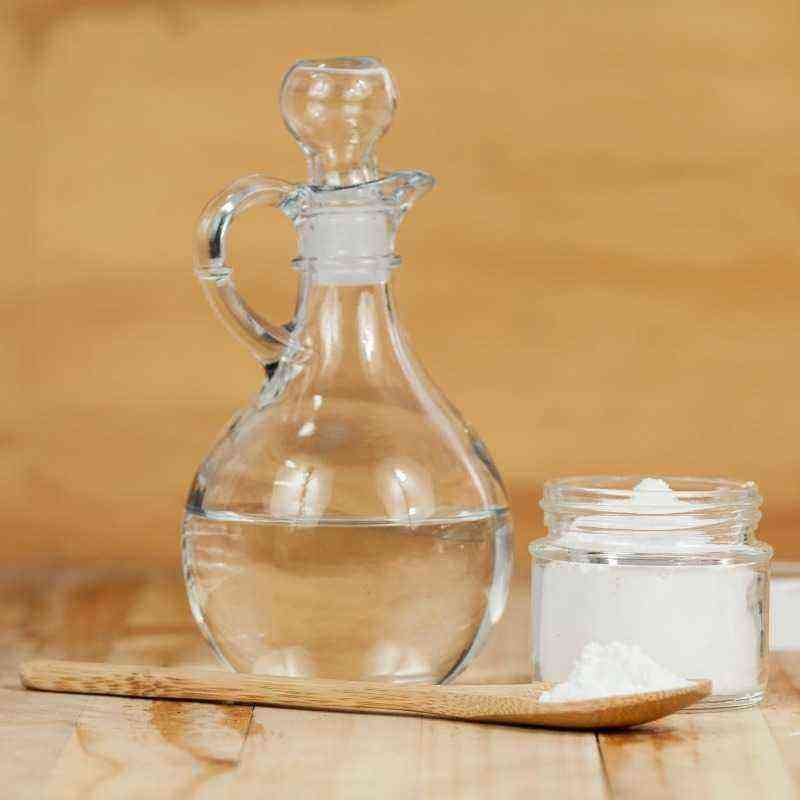
Land with a neutral environment is considered ideal for plant growth. On too acidic soils, many crops do not take root well and give a meager harvest, or they may even die altogether. You can determine the pH of the environment using folk methods.
The first way is with vinegar. To do this, you need to take a glass of glass, sprinkle a little earth on it and pour 9% vinegar on top. If a lot of foam appears, then the earth is alkaline. If the soil is moderately acidic, the hiss will be weak. And if the soil is acidic, then there will be no foam at all.
The second way is with soda. You need to take a small container and mix the soil with water in it. Sprinkle baking soda on top of the gruel. If a hiss appears, then the acidity of the soil is increased.

